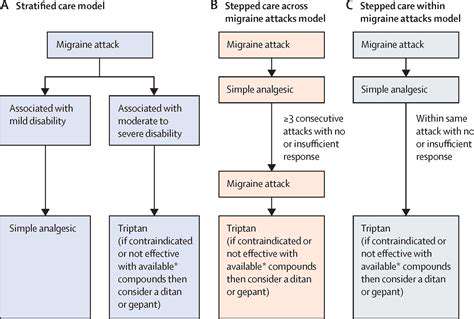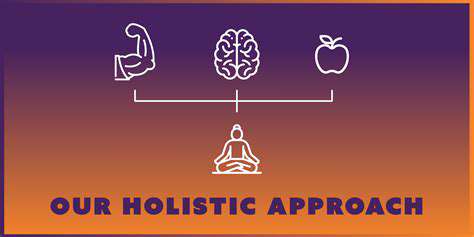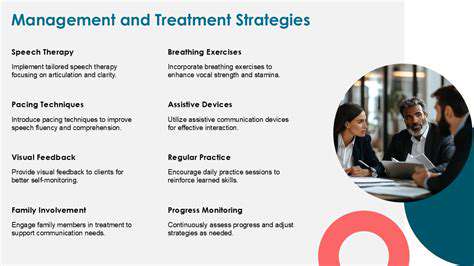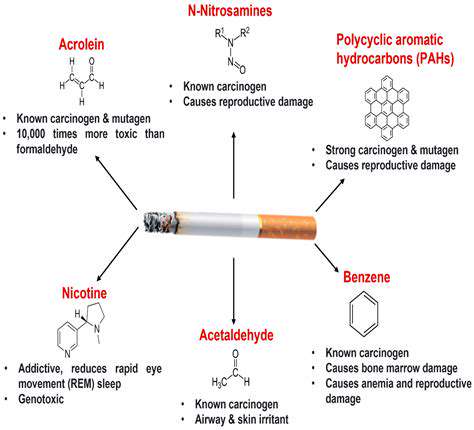Migraine Management
Preventive Treatment
HTML
CSS
Medicamentos Preventivos para la Migraña: ¿Cuándo son necesarios?
Identificación del momento adecuado para el tratamiento preventivo
Entendiendo los desencadenantes de la migraña
Identificar los desencadenantes específicos que preceden a tus migrañas es crucial para determinar el momento óptimo para el tratamiento preventivo. La migraña
Posibles Condiciones Subyacentes
Posibles Condiciones Subyacentes que Contribuyen a la Migraña
Identificar posibles condiciones subyacentes es crucial para desarrollar estrategias efectivas de prevención de la migraña. Si bien muchas migrañas son idiopáticas, lo que significa que no se puede identificar una causa específica, algunas condiciones
Read more about Medicamentos Preventivos para la Migraña: ¿Cuándo son necesarios?
Dolor de cabeza en el lado izquierdo al inclinarse: Entendiendo los síntomas
May 01, 2025
Dolores de Cabeza en Niños: Cuándo Preocuparse y Qué Ayuda
May 07, 2025
Equilibrando los Remedios Naturales con los Tratamientos Convencionales
May 17, 2025
Estrategias de Afrontamiento para Ataques de Migraña Imprevisibles
May 25, 2025
Los Beneficios Psicológicos de Seguir las Mejoras de la Migraña
May 26, 2025
Pequeños pasos, gran impacto: Mejorando el bienestar día a día
May 26, 2025
Migraña y Riesgo de Accidente Cerebrovascular: Entendiendo la Conexión
May 27, 2025
Remedios Naturales: Empoderando la Cura de tu Cuerpo
May 31, 2025
Entendiendo las Migrañas Silenciosas: Síntomas sin Dolor
Jul 09, 2025
Toma el Control: Pasos Proactivos para Gestionar el Dolor de Migraña
Jul 13, 2025
Dispositivos de neuromodulación para el tratamiento de la migraña (ej., Cefaly, Nerivio)
Jul 14, 2025
El impacto del tabaquismo y el vapeo en la frecuencia de los dolores de cabeza
Jul 14, 2025











